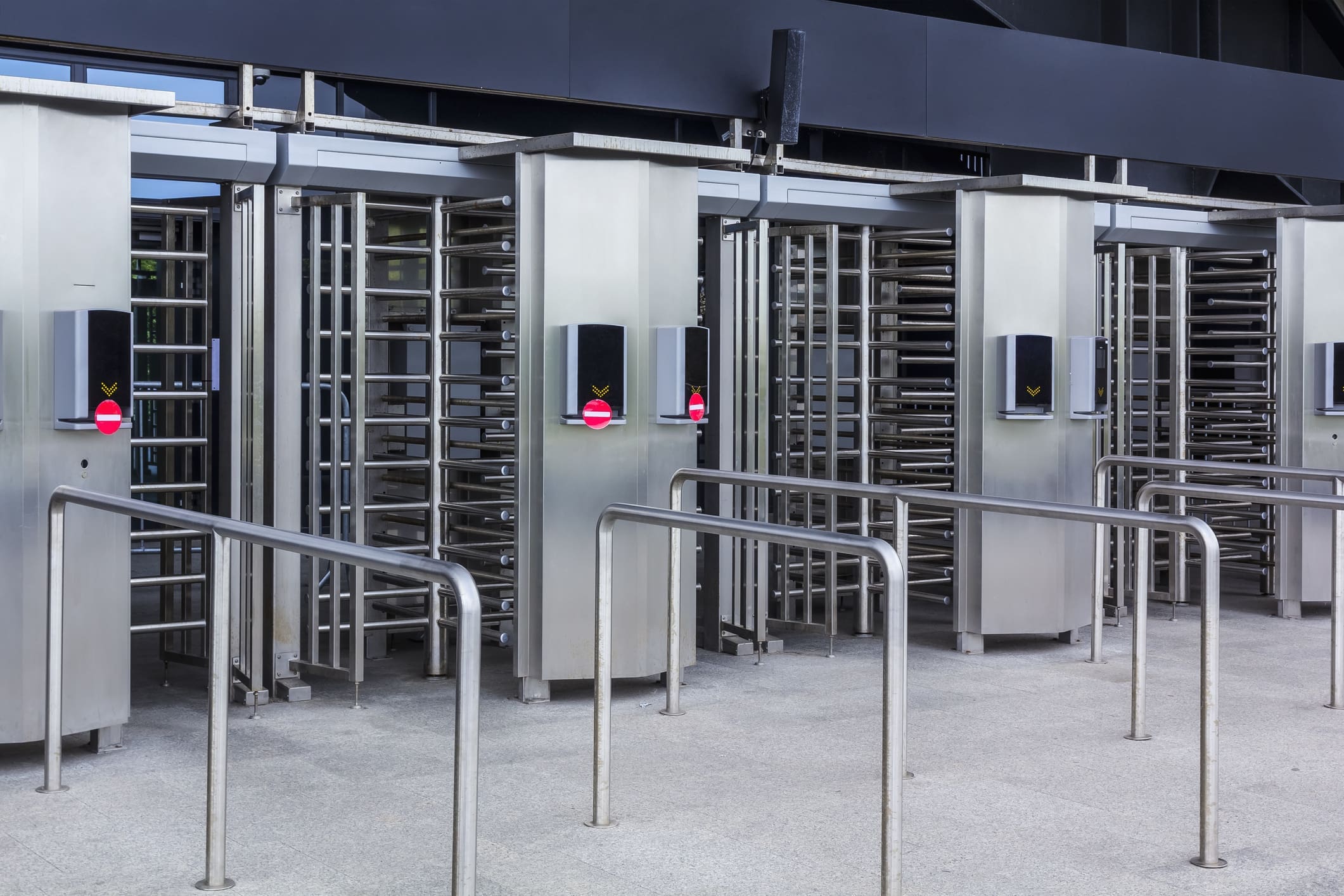What Are The Best Practices For A PAM Solution And Privileged Access Management?
- The Radiant Team
- September 10, 2023
- Brainwave GRC Archives
- 4 MIN READ

The consensus is that a Privileged Access Management (PAM) solution has become essential to reduce risk and deal with the cyberattacks to which privileged access is increasingly exposed. However, certain difficulties remain once these solutions that aim to secure, control and manage an organization’s privileged accounts have been implemented. So, what is the best way to control the risks linked to these privileged accesses?
One way to do it is to set up governance for your privileged accounts to meet these challenges. Let’s take a closer look at the critical steps required to implement it and the resulting best practices.
What security issues will a PAM solution address?
When it comes to managing privileged access, using a PAM solution is crucial for:
- Securing the organization as a whole, and more specifically, the IT departments and services
- Monitoring and controlling privileged accounts
- Tracking the different ways in which privileged accounts are used
It should be noted that, while confusion is common, a PAM solution is different from an IAM solution. A PAM solution is intended to focus on privileged access within an organization, differing from its IAM counterpart that handles the management of all types of access, the identity lifecycle and permissions.
What are the advantages of a PAM system?
The implementation of a PAM system offers multiple advantages, such as:
- Centralizing the management of privileged access. Controlling and taking stock of the overall situation becomes easier
- Monitoring the life cycle of each privileged access right. If a temporary access right is granted, the tool makes it easy to determine its critical aspects
- Reinforce security around these access rights by identifying each user and knowing to what information, resource or network he or she has access
- Ensuring the traceability in the PAM tool of each user’s activity by having access to both the accounts and the duration of each session. It is even possible to record sessions and track the detailed activity of the most sensitive privileged accounts within the organization’s systems
The PAM System: Focus on Automated Privileged Account Management.
A PAM system makes it possible to group all privileged accounts and associated access rights in a secure space in order to centralize and automate their management. Additionally, when an account is managed by the PAM system, the solution changes its password. Access to the account is then only possible through the PAM system. Since access to privileged accounts is no longer shared, it becomes possible to track each user who accesses it by using his unique, individual password credentials.
By centralizing the management of privileged access, the protection of a company’s most sensitive resources and applications is assured.
The One Best Practice to Follow is Privileged Access Governance
You have managed and secured your privileged accounts by installing a PAM solution. However, to monitor the situation and ensure compliance, you need to take the next step and implement true privileged account governance.
What are the benefits of Implementing privileged account governance?
Do you want to remove the gray areas and ensure the protection of your privileged accounts by identifying the associated risks and impacts? Expand the field of possibilities by introducing governance of these accounts:
1: Audit the PAM system
Are you sure that you have identified all the administrators and users of your PAM tool? To secure your resources within the organization’s network, you have to be able to check who has access to what and how, at any time.
By implementing true governance, you benefit from this as well as from a better control of the situation. It becomes much easier to ensure that the best practices for the use of your PAM system are respected (password rotation, access partitioning) to confirm that license usage is optimized in order to justify your investment.
2: Communicate (KPIs, compliance)
Your auditors want answers fast. There is a strong need to streamline the recertification process of your privileged accesses, whether they be secured or not through your PAM solution. One of the main goals of privilege governance is to help you better meet compliance guidelines (Sarbanes-Oxley, ISO 27001, PCIDSS, etc.) and disclose the overall situation.
3: Control the quality and ITGCs
Making sure that the general controls, or ITGCs, are executed with precision becomes much easier. Keep an eye on the most at-risk populations (especially subcontractors) while maintaining the quality of your data within the account repositories (Active Directory). Anticipating administration errors and optimizing the performance of the PAM system will be facilitated.
4: Remove the gray areas by extending the perimeter of the PAM system
Whether or not your sensitive rights are managed by the PAM solution, there is no need to spend countless hours researching and detecting privileged accounts within your organization.
By implementing governance, you can enrich the data collected, map access rights from end to end and automate the correlation of the data from multiple sources (HR, AD, PAM, CMDB, logs, etc.). In this way, you will obtain an exhaustive vision of your access rights.
5: Evaluate compliance with the company’s security policies
It is important to be sure that the security policies that govern your PAM solution are being followed. The good news is that you will now be able to detect the risks linked to these security policies, to visualize their evolution and to anticipate their impact on the organization’s processes.
Access granted to your subcontractors and rights granted on a temporary basis will be entirely under control.
6: Speed up your PAM program
The goal is to secure the most sensitive privileged accounts as quickly as possible. Privileged account governance is key in achieving this objective as it allows the prioritization of the onboarding into the PAM tool, taking into account the risks linked to the security policies and associated business constraints.
It is possible to take back control of your privileged accounts!
Clearly, setting up governance for your privileged accounts is a great way to complement the scope of your PAM solution, while at the same time, giving it a real boost.
All doubts will be eliminated, and the risks will be better monitored and controlled.
Learn more
Subscribe to receive blog updates
Don’t miss the latest conversations and innovations from Radiant Logic, delivered straight to your in-box.


